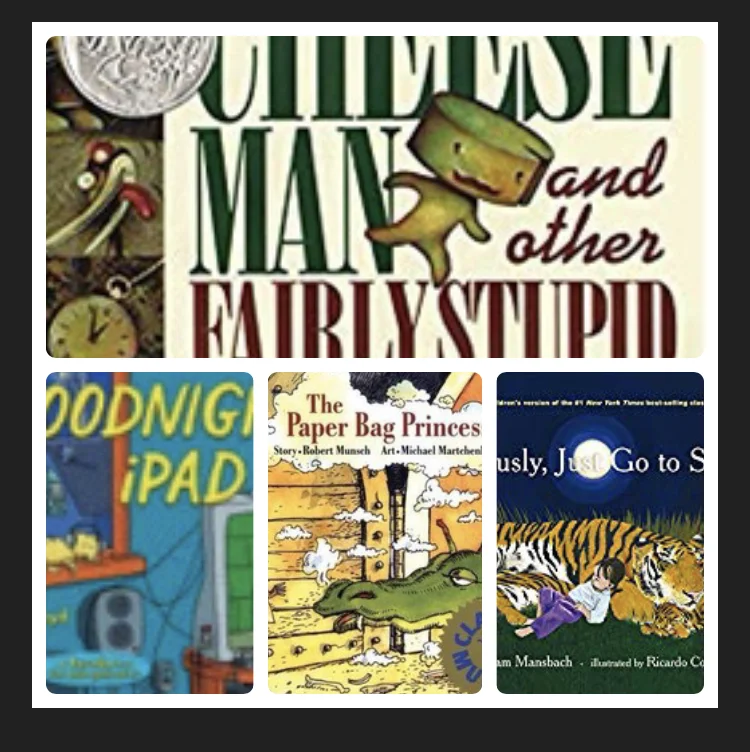Using Picture Books To Teach Satire
It is important to expose children to a variety of genres of literature at young age; moreover teachers and parents can do our best to explain the conventions of that genre in developmentally appropriate ways. One of the genres of literature that might not get as much emphasis in standardized tests, but is important to be able to comprehend and write is satire. (We have failed our students if they graduate high school and post Onion articles on Twitter and Facebook thinking they are real). Fortunately, there are plenty of great satirical picture books that are both entertaining and can help young children begin to understand the concept of literary satire.
Probably the best known satirical children’s book and a good place to start is Jon Scieszka and Lane Smith’s The Stinky Cheese Man and Other Fairly Stupid Tales. Before reading the Stinky Cheese Man, make sure you have exposed the children to all the original stories it satirizes because we can’t assume that all five year olds are familiar with Jack and The Beanstalk, Chicken Little, etc. Lane Smith is one of the go to authors and illustrators for books with satirical elements with It’s A Book and The True Story of The Three Little Pigs being other go to choices. Smith’s It’s A Book satirizes our modern obsession with technology which is a topic of another satirical picture book, Good Night iPad by Ann Droyd. Goodnight iPad may have some jokes children won’t get but overall in my experience the children get some of the jokes and think the overall books if funny especially given most children’s familiarity with Goodnight Moon. The book Seriously, Just Go To Sleep which is the sanitized family friendly version of Go The Fuck To Sleep is also a send up of Goodnight Moon style bedtime stories. Some picture books with satirical elements may go over the head for younger readers due to lack of understanding of what is being satirized. A great example of this is The Butter Battle Book by Dr. Seuss which is a commentary on The Cold War. Even if the book’s satirical subtext might not make sense to younger readers, you can still read the book and others like it to young children and delve more into the subtext as they get older.
A general conundrum is how to explain the concept of satire to young children. I don’t know a perfect way to do this, but I usually explain to the children that a satire makes fun of other stories or something that happens in real life. Obviously, some children will understand the concept more than others and that is completely ok, but I’ve found the more repeated exposure children have with satire the more the get it just like with any genre. Through follow up readings and conversations you can find ways to deepen the understanding the concept of satire if children show interest in it.
Here are a few other simple ways to help children understand the concept of satire.
After reading some satirical books, staple some paper into a booklet and challenge the children to illustrator and write their own satire.
Many satirical picture books start off with a straight forward storyline and then feature an ironic satirical twist in the plot. Two great examples of this are The Paper Bag Princess by Robert Munsch and That Is Not A Good Idea! by Mo Willems. With books like these, you can pause during story time before the twist and have children try to predict the ending. Then after finishing the story, you can start a discussion with the children about the satirical twist in the plotline.
Finally, after children have had significant exposure to satire, you can have children either write/draw/dictate their own satirical stories and drawings





